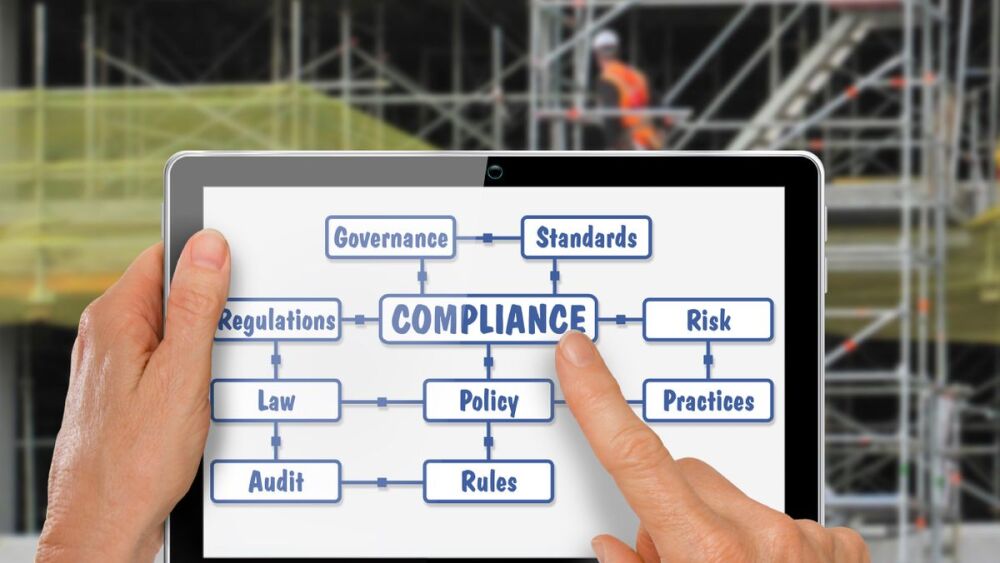How does your organization collect and share operational data? Your local government uses this information to justify spending and allocate funding for projects, but it’s up to local government staff, from those in the field to department managers, to provide and manage the data.
In a typical system operation, a field worker receives a work order from the system and sends the information back to the system once the work is finished. A department manager then requests a weekly or monthly report – which is only as good as the initial data entry and the procedures for data collection.
Data also drives regulatory compliance efforts, which are linked to operational efficiency. Mobile data access can improve the overall process, streamlining workflows and empowering your workforce to be more accurate, more effective and more efficient.
- Reduce redundancy
How much time do your workers spend logging in and documenting their work? A mobile data system can boost efficiency and productivity by eliminating redundant tasks.
“Why have someone enter his or her name? With a mobile system, you know who is logged in,” says Eddie Staley, a certified GIS professional and land surveyor. “Why type the time and address? You’ll know the time and location from the GPS on the mobile device.”
GPS technology also enables better personnel management, because you know where your teams are and when, and you have a more accurate record of how long it takes to accomplish a given project.
- Ensure regulatory compliance
We all have compliance requirements to meet. We need to make sure those requirements are captured and documented in all work processes. Access to data on the go helps you stay on top of the workflow chart to ensure that nothing falls through the cracks. Complete a review and workflow of each compliance requirement and use mobile data to make sure your work order and management systems follow those rules as closely as possible.
- Measure performance and make predictions
You can’t manage what you don’t measure. By evaluating key performance indicators, you can quantify the work being done, identify trends and predict needed preventative maintenance to avoid problems. Data enables accurate modeling, identification of high-risk areas and predictions of potential system failure. You can then define needed short-term improvements and suggest long-term projects and compare them to current financial resources. The data will help you make a strong case for funding.
Data that is up to date and easy to access – mobile data – can streamline these processes. With better access to information, you can enable better decision-making and transparency, accelerate workflows and boost your organization’s overall effectiveness.


